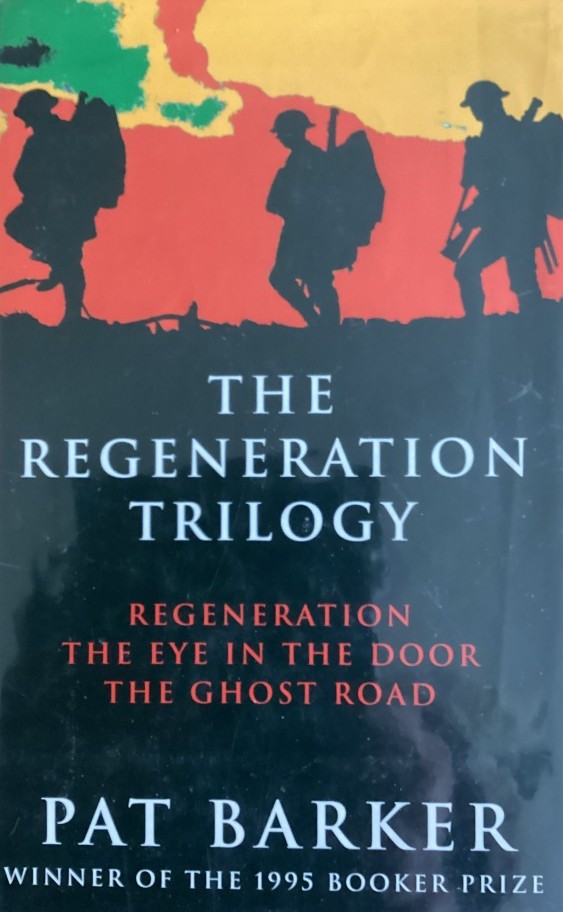Inspiring Older Readers
 posted on 22 May 2024
posted on 22 May 2024
Regeneration by Pat Barker
Published in 1991, Pat Barker’s Regeneration turned out to be the first instalment of what has become an eponymously named trilogy of novels exploring the trauma of soldiers who fought in the First World War.
The novel is compelling and, at times gruelling as it spares little in terms of the horrors that soldiers experienced – the smells, the physical misery, the dreadful wounds and death on an industrial scale are all here. So too is the sense of dehumanised butchery – so beware if you’re squeamish about death and putrefaction.
But, in Regeneration Barker is really interested in the mental damage that war inflicts and, to do that, she steps into the sometimes controversial territory of making fiction out of fact. Set in the real-life Craiglockhart Hospital near Edinburgh, we join William Rivers who is charged with providing psychological help and support to army officers who have been returned from the trenches with a range of mental illnesses. His job is to establish whether they can return to the front or will have to be found a home-front posting.
Rivers too is a real-life character – an anthropologist turned psychiatrist – and his patients are also names you may well recognise: Sigfried Sassoon and Wilfred Owen will immediately jump out at you. There’s also an appearance by Robert Graves, who effectively manipulated Sassoon’s referral to Craiglockhart as an alternative to a court marshal. Sassoon’s ‘crime’ was the drawing up of a ‘manifesto’ for the ending of the pointless, bloody war which was interpreted as a plea for those who choose the path trodden by conscientious objectors.
Several other characters are fictional but their portraits are drawn from real life case studies and this gives the somewhat claustrophobic atmosphere a sense of verity that fiction alone might not have provided. But it is the complex and subtle interplay between Rivers and Sassoon that is the beating heart of the book. Rivers himself comes across as a deeply flawed and conflicted but also deeply likeable character. John Mullan, writing for The Guardian in 2012 describes Rivers in this way:
‘He recovers the experience of warfare from the soldiers he treats, but knows nothing of it at first hand. He is teaching his men to remember, but he approaches their memories as a foreigner, guiltily wishing that he had been able to fight. Disconcertingly, though he treats his patients with something close to tenderness, he is not some anti-war hero with whom the contemporary reader can easily identify. He believes that "the war must be fought to a finish, for the sake of the succeeding generations".’
Although some criticise the use of real people in fiction, I’m generally happy to go along with it. It is interesting though that, for me at least, the weakest part of the book is the relationship between Sassoon and the young Wilfred Owen – including their collaboration on the now very famous Owen poem, Anthem for Doomed Youth. The imagined encounters between the two feel oddly wooden compared with the other relationships and I was ultimately drawn to the notion that the best character in the book is the only wholly fictional one – Billy Prior – who also goes on to feature in the other novels of the trilogy.
This was, though, a powerful and riveting read and an essential one for those who are interested in the way war kills not just the body but the soul.
Paperback copies are easy enough to find and you can expect to pay well under £10 for a copy.
Terry Potter
May 2024